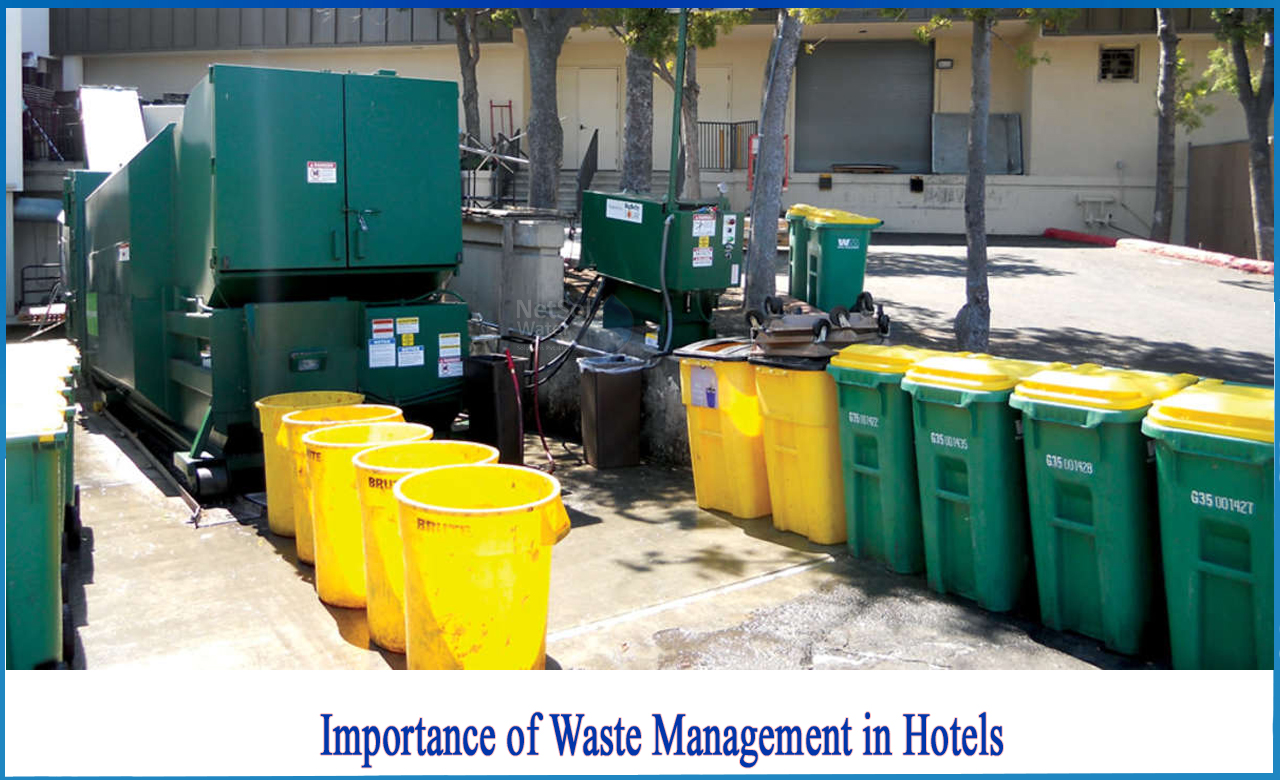Indicators on Reclaim Waste You Should Know
Indicators on Reclaim Waste You Should Know
Blog Article
The Ultimate Guide To Reclaim Waste
Table of ContentsReclaim Waste Can Be Fun For EveryoneThe 6-Second Trick For Reclaim WasteReclaim Waste for DummiesThe Single Strategy To Use For Reclaim WasteThe Single Strategy To Use For Reclaim Waste
Residential sewage waste refers to the waste and items from a property septic tank. The appropriate administration and disposal of domestic sewer waste call for liquid waste to be transferred to a sewage therapy plant where the correct approaches and tools are applied to purify and dispose of waste.
Commercial waste often includes possible dangers, such as combustible materials or a combination of liquid and solid waste products, and needs an advanced and thorough disposal procedure. The disposal of industrial waste commonly entails the purification of waste prior to transport to guarantee risk-free and proper disposal. Industrial waste is created from by-products and drainage of industrial processes and manufacturing.
This kind of waste can not utilize the same sewage management transport or processes as septic or business liquids. The hazardous waste management process calls for the examination and screening of fluid waste prior to it goes through the disposal procedure (liquid waste removal). Drainage waste is the fluid waste that originates from runoff and excess stormwater in extremely booming locations or cities
Drainage waste can cause contamination and flooding otherwise dealt with properly. Discover more about drain cleansing and waste monitoring. Making certain correct waste administration can prevent catastrophes and reduce ecological harm. Both individuals in domestic settings and specialists in commercial or manufacturing industries can gain from understanding the procedures and guidelines of liquid waste monitoring.
The 8-Minute Rule for Reclaim Waste
Get in touch with PROS Providers today to find out about our waste management and disposal solutions and the proper means to take care of the liquid waste you produce.
(https://www.twitch.tv/reclaimwaste1/about)This so-called 'wastewater' is not just a vital source but, after treatment, will certainly be released to our land, rivers or the sea. Used water from bathrooms, showers, bathrooms, cooking area sinks, washings and industrial processes is recognized as wastewater.

water used to cool machinery or clean plant and devices). Stormwater, a form of wastewater, is runoff that streams from farming and urban areas such as roofings, parks, gardens, roads, courses and rain gutters right into stormwater drains, after rainfall. Stormwater moves untreated directly to local creeks or rivers, at some point getting to the ocean.
Everything about Reclaim Waste
In Queensland, many wastewater is treated at sewage therapy plants. Wastewater is transferred from residential or industrial websites with a system of sewage systems and pump terminals, understood as sewerage reticulation, to a sewage treatment plant.
The Division of Natural Resources suggests city governments regarding managing, operating and keeping sewage systems and therapy plants. In unsewered areas, city governments might need householders to install individual or home sewage treatment systems to treat residential wastewater from toilets, cooking areas, washrooms and washings. The Department of Natural Resources authorizes the use of home systems when they are confirmed to be effective.
Many stormwater gets no therapy. In some new subdivisions, treatment of some stormwater to get rid of trash, sand and gravel has begun using gross toxin traps. Wastewater therapy takes place in 4 stages: Removes strong matter. Larger solids, such as plastics and various other things mistakenly discharged to sewers, are eliminated when wastewater is passed via displays.
Wastewater after that more tips here streams right into large storage tanks where solids settle and are eliminated as sludge. Grease and scum are skimmed from the surface area. Uses small living microorganisms called micro-organisms to break down and eliminate continuing to be liquified wastes and great particles. Micro-organisms and wastes are integrated in the sludge. Gets rid of nitrogen and phosphorus nutrients that could cause algal blossoms in our rivers and endanger aquatic life.
Reclaim Waste Things To Know Before You Get This
Nutrient elimination is not readily available at all sewer treatment plants because it calls for costly specialist devices. Clear fluid effluent created after treatment might still contain disease-causing micro-organisms - liquid waste removal melbourne.

This generally suggests wastewater needs to be treated or contaminants gotten rid of prior to it can be discharged to rivers. Many wastewater flows into the sewerage system. Under the Act, neighborhood governments carry out authorizations and licences for environmentally relevant tasks (Ages) involving wastewater launches that might have a neighborhood impact. The division provides authorizations and licences to Ages involving wastewater launches that could have a regional or statewide impact.
9 Simple Techniques For Reclaim Waste
Surveillance supplies valid details regarding water top quality and can verify that permit problems are being satisfied. The information obtained through tracking supplies the basis for making water high quality choices.
Report this page